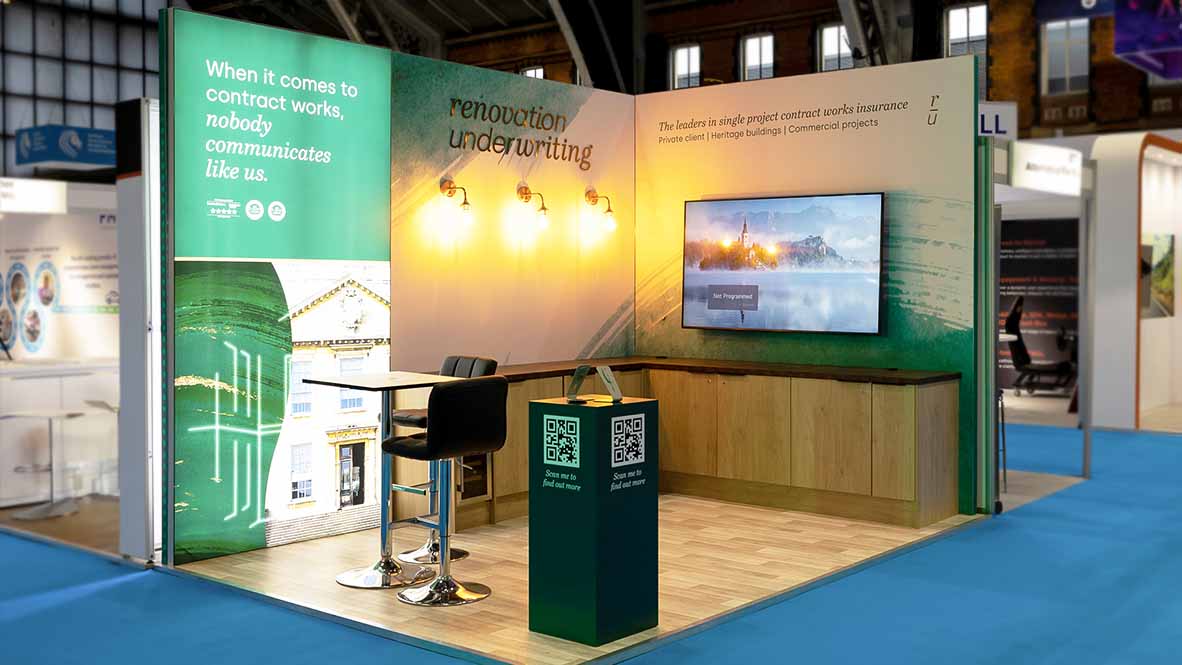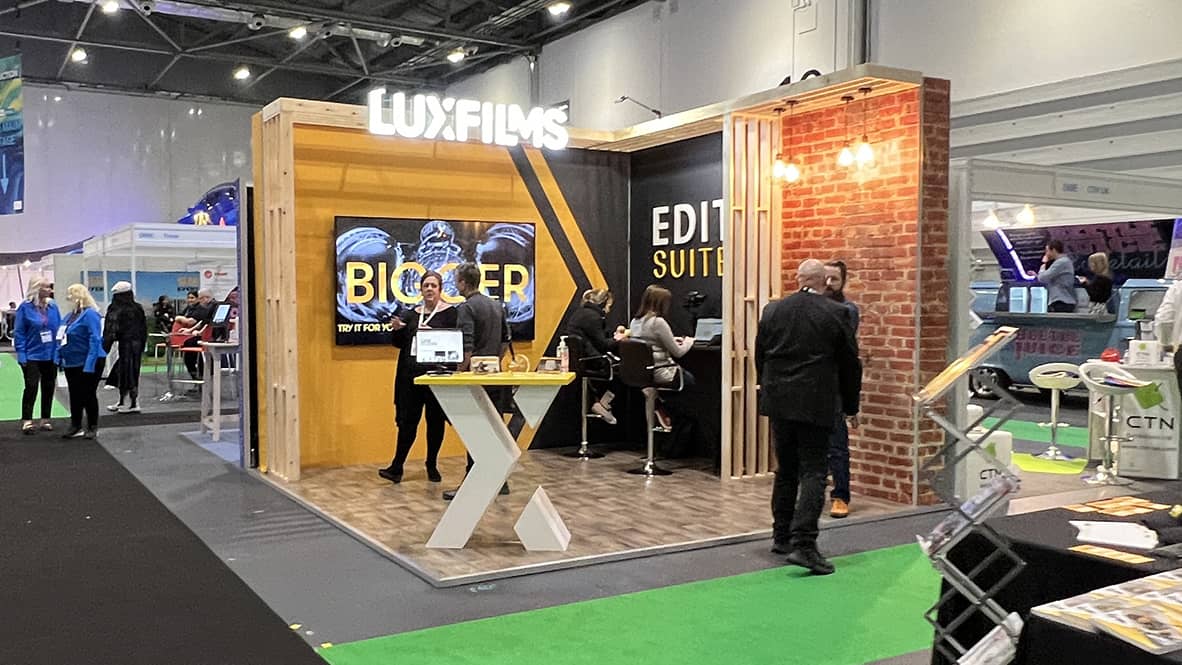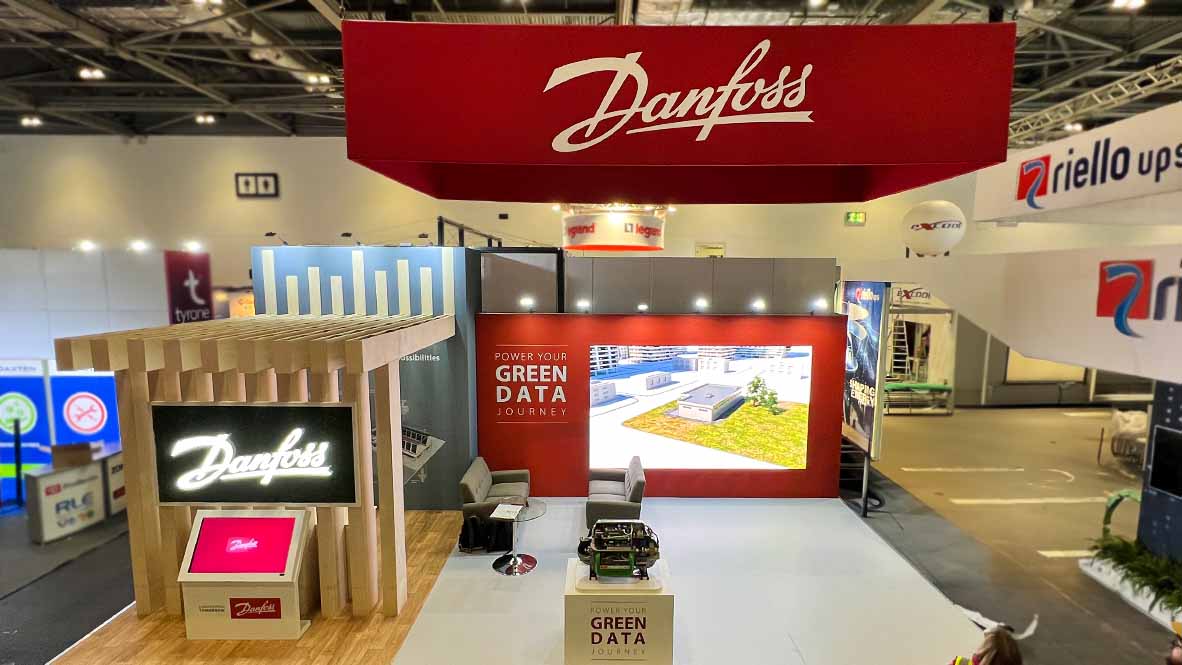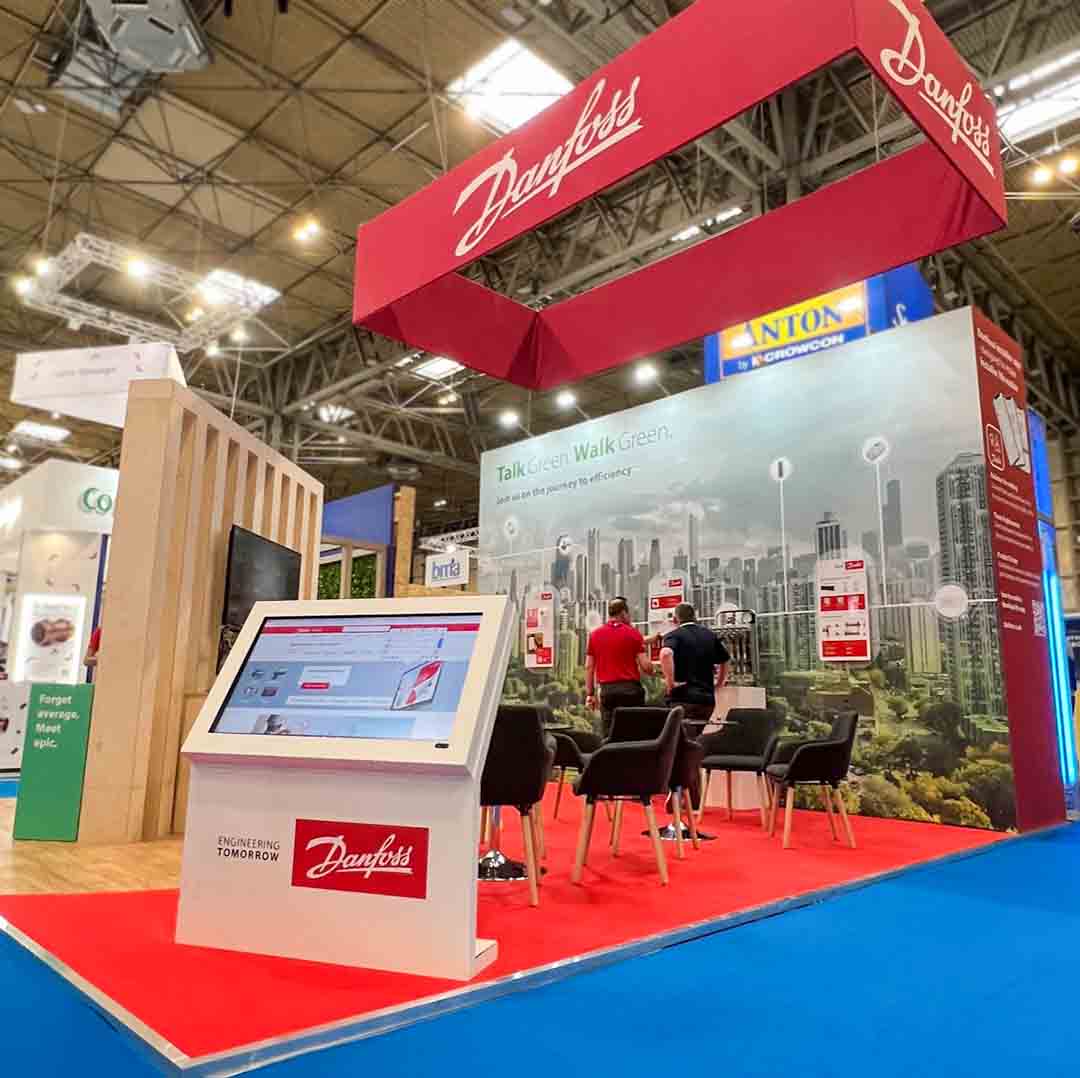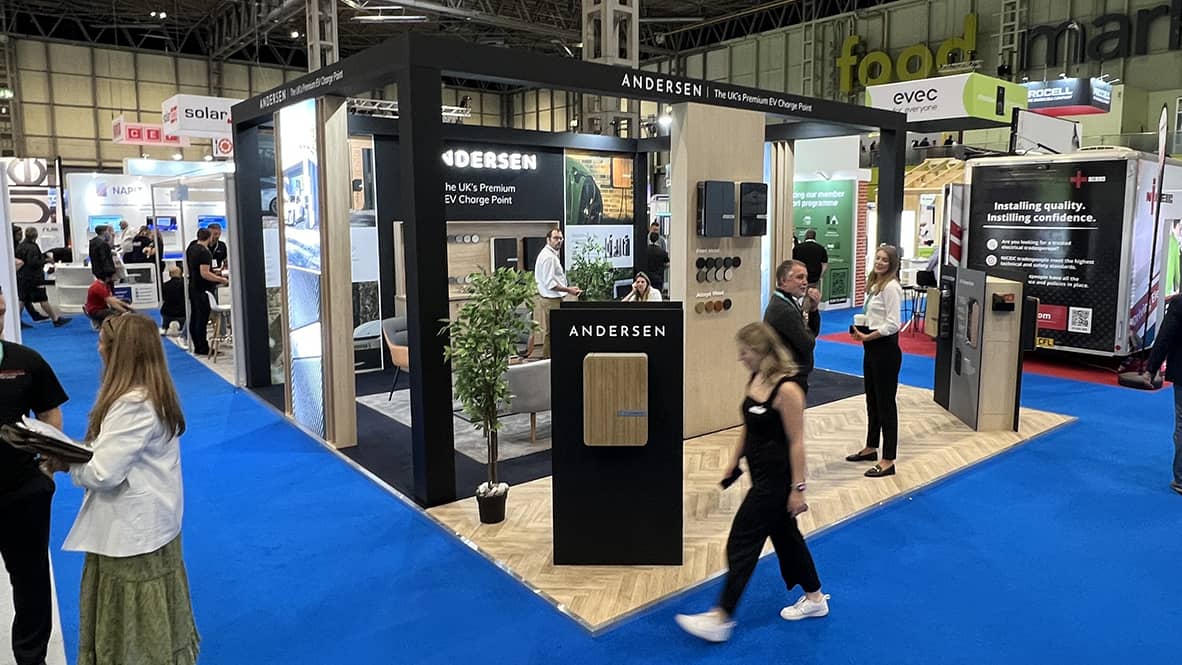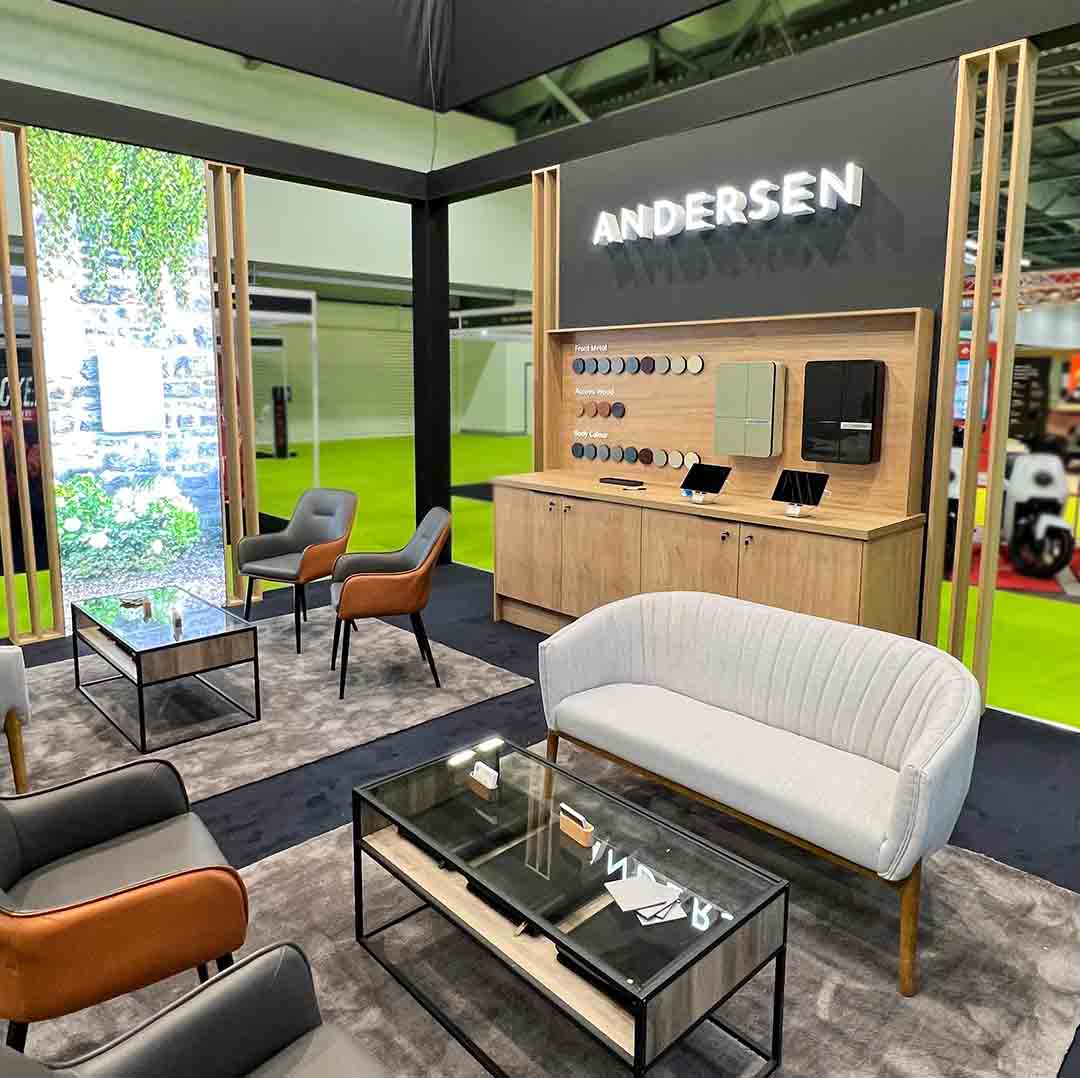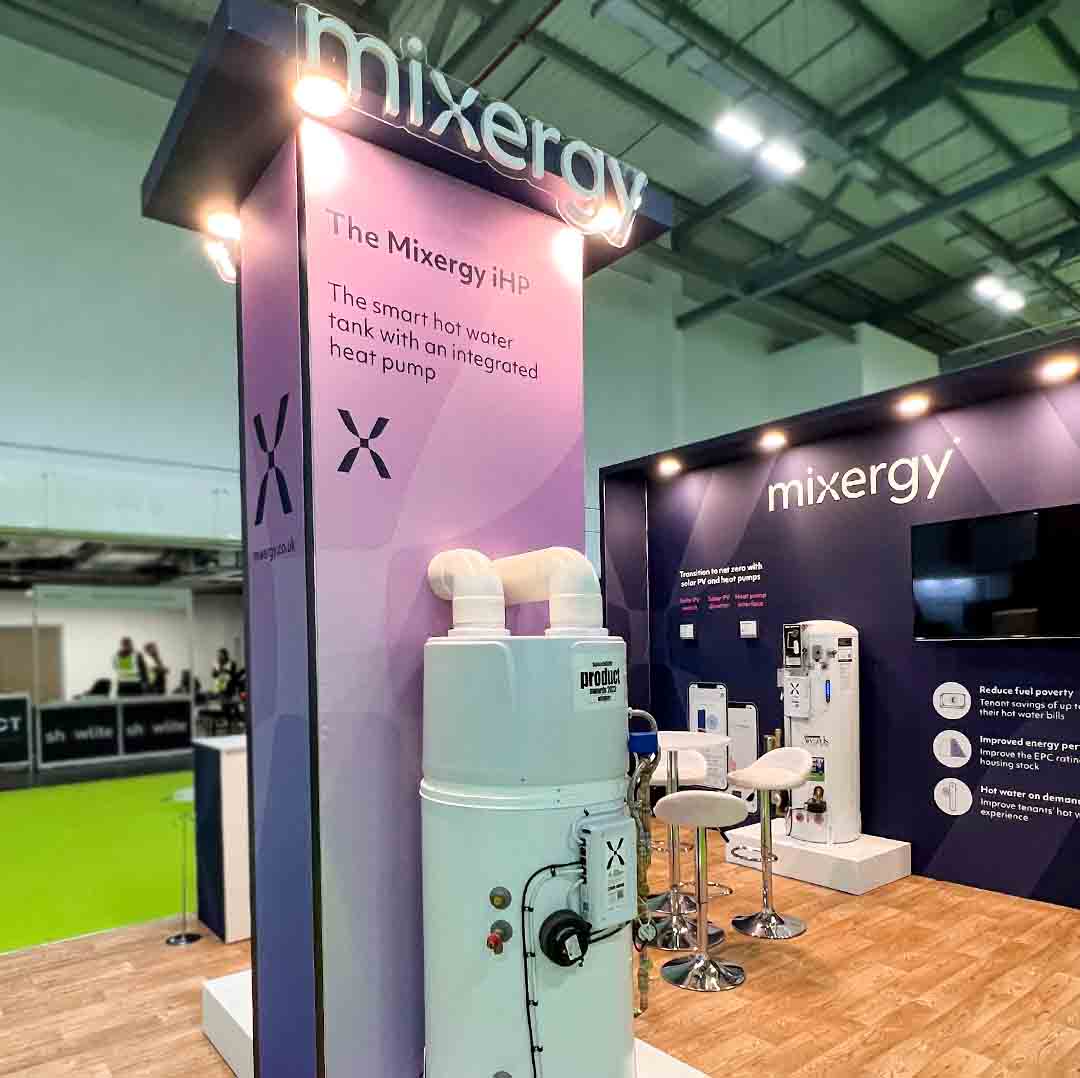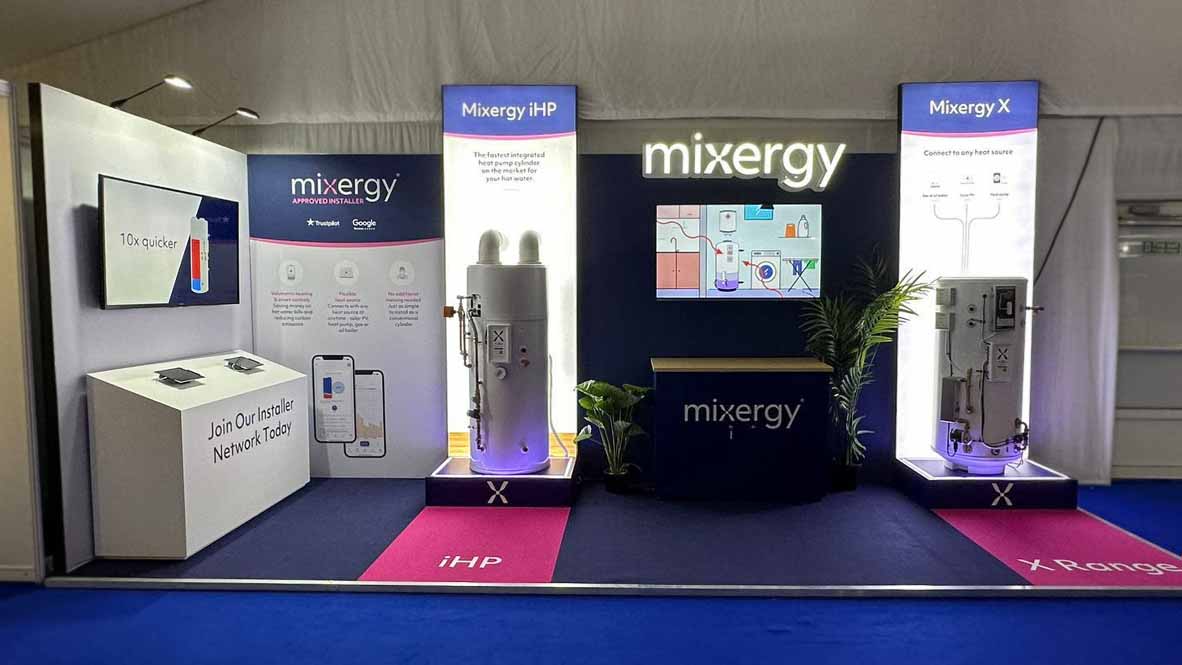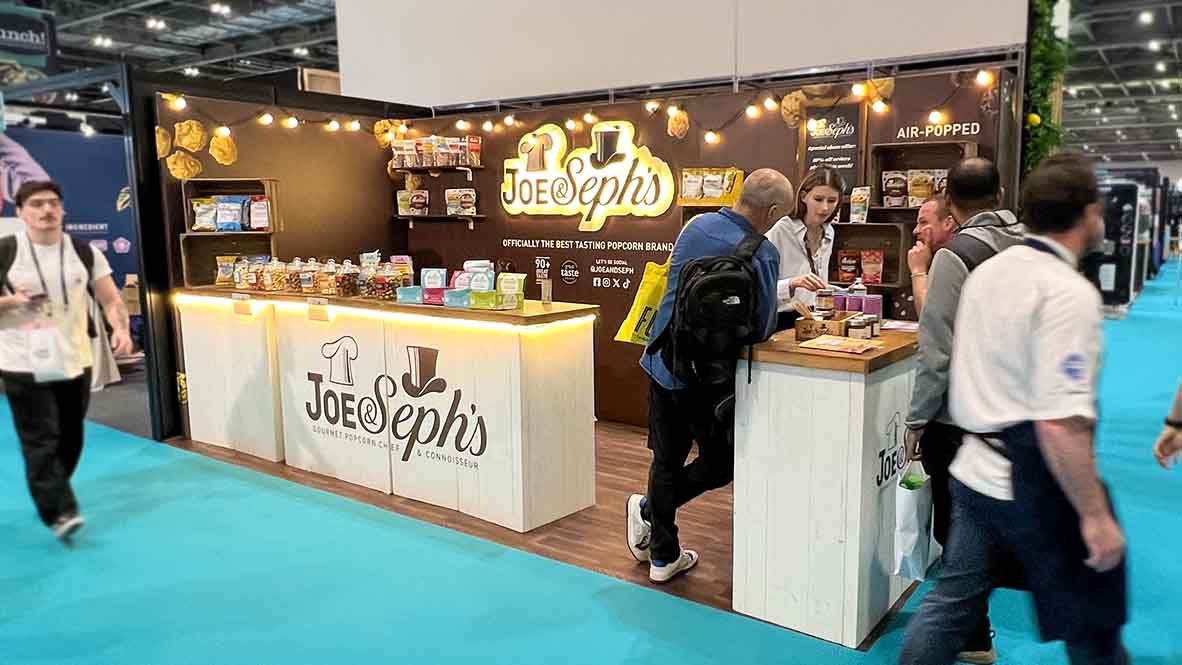We like to keep our fingers on the pulse when it comes to exhibition stand design trends.
Since we started Motive Exhibitions, we’ve been on a mission to eliminate single-use exhibition stands in favour of sustainable designs.
We’re big fans of using recycled materials, sustainably sourced elements and modular frameworks. We use suppliers whose sustainable ethos matches ours, and we reduce our carbon footprint by using materials which haven’t travelled the earth to reach us.
Simply put, we do everything we can to make sure our customers’ designs are as environmentally friendly as possible and, critically, Scope 3 emissions* accountable.
But despite there being a sharp rise in demand for eco-friendly exhibition stands, there are still some common myths and misconceptions about them, and some customers fear that the end result won’t be as good.
“It breaks my heart to see so much waste in the exhibitions industry”, Motive Exhibitions Director Dave Hennessy says. “It’s very much possible to create a sustainable, eco-conscious stand that looks incredible, is reusable, and is cheaper in the long run – people just need to understand how!”.
So, we’re here to do some myth-busting and talk you through how to create a sustainable exhibition stand that’ll reduce your carbon footprint, save you money, and contribute towards saving the environment.
Exhibition stand help and inspiration
> A-Z of exhibition terminology
> 25+ inspirational exhibition stand ideas
> shell scheme vs space only - what's the difference?
Three Common myths about sustainable exhibition stands
Myth one: A sustainable exhibition stand design is more expensive.
We hear this one a lot.
But there should be no difference in cost when making a stand sustainable vs not sustainable.In fact, a sustainable stand can often save you money.
One of our brands attends five major events every year. If they had a new design every time, it would be upwards of £6,000 for the stand and then extra for set up.
However, by recycling and tweaking their design, they instead pay between £2,000 and £2,500 each time.
We’ve been working with this company for five years. For five brand-new stands a year, their spending would have been around £150,000 in that time.
However, with their initial outlay of £6,000, and then spending between £2,000 – £2,500 each for the last 24 events, they’ve spent £50,000 – £60,000. If our maths is correct, that’s a saving of a whopping £100,000 over five years!
And this is just one real-life example. When we take on a brief, we look at the stand space(s), how often the stand will be used, where the brand is exhibiting, and how the stand design will be used. We then plot a cost-effective and sustainable exhibition plan – and any good exhibition stand designer should do the same.
The materials we choose will be sustainable as standard. We use recyclable materials, encourage potential customers (and current clients!) to hire their stands and furniture rather than buy them, and promote using FSC-accredited timber.
Myth two: Eco-friendly exhibition stands won’t look as good
Another common myth – and one which is unfounded.
We’re 100% confident that adopting a more sustainable approach to exhibiting by using reusable, recyclable products will not impact the quality of your stand.
Instead, you’ll reduce your carbon footprint and likely save yourself some money from your budget.
Hiring elements of your stand – such as furniture, lighting and props – is usually cheaper than buying them outright. This often means you can make your money go further and hire higher-quality products – meaning your stand looks even better while being more sustainable. This also means you can switch up your look every time you exhibit.
And more eco-friendly graphics look the business, too. The production and print quality of more environmentally friendly inks and recyclable materials is excellent; in fact, we’d challenge you to spot the difference.
A great example of this is our work with Andersen EV. The sustainable stand we designed for them in 2023 was sleek, luxurious, and gave their visitors a premium experience. It was used four times in one year, with small adjustments along the way to keep it looking fresh.
In fact, the Andersen EV team loved the stand so much that it was spruced up at the end of their show calendar and will now be housed in their warehouse as a showroom!
Myth three: Using the same exhibition stand over and over is restrictive.
Wrong again!
The best bit about sustainable exhibition stand design is its flexibility.
We often reuse stands and reimagine elements to create unique designs. We move things around to create different layouts, tweak designs and graphics, add new elements, update lighting, and even make stands weatherproof so they can be reconfigured for both indoor and outdoor use.
And remember what we said a moment ago – hiring stand elements and using slightly different versions each time means every design will be unique.
One of the best examples of this is our client Joe & Seph’s, who make gourmet popcorn. Their stand structure has been reused, refreshed and tweaked several times and is still going strong!
During that time, we’ve seen their fab brand go from strength to strength, and their stand has been used indoors, outdoors and as a pop-up. And we’re pretty confident that any visitor to their stand would never know that it’s the same one.
Give sustainable exhibiting a go
Are there any more myths you’ve heard about sustainable exhibition stand designs? If so, get in touch with us – we’ll happily talk you through anything that might concern you and explain how you too can give sustainable exhibiting a go!
*The Greenhouse Gas Protocol – an accounting standard for greenhouse gas (GHG) emissions – categorises GHG emissions into three ‘scopes’. Scope 3 covers indirect emissions from an organisation’s activities, including purchased goods and services, business travel, employee commuting, and waste disposal. You can learn more about Scope 3 and its importance to businesses on the Carbon Trust website.
Follow us on LinkedIn for regular tips, advice, best practice and inspiration on exhibiting.
Motive Exhibitions, 3 Orion Court, Ambuscade Road, Colmworth Business Park, Eaton Socon, St. Neots, PE19 8YX
